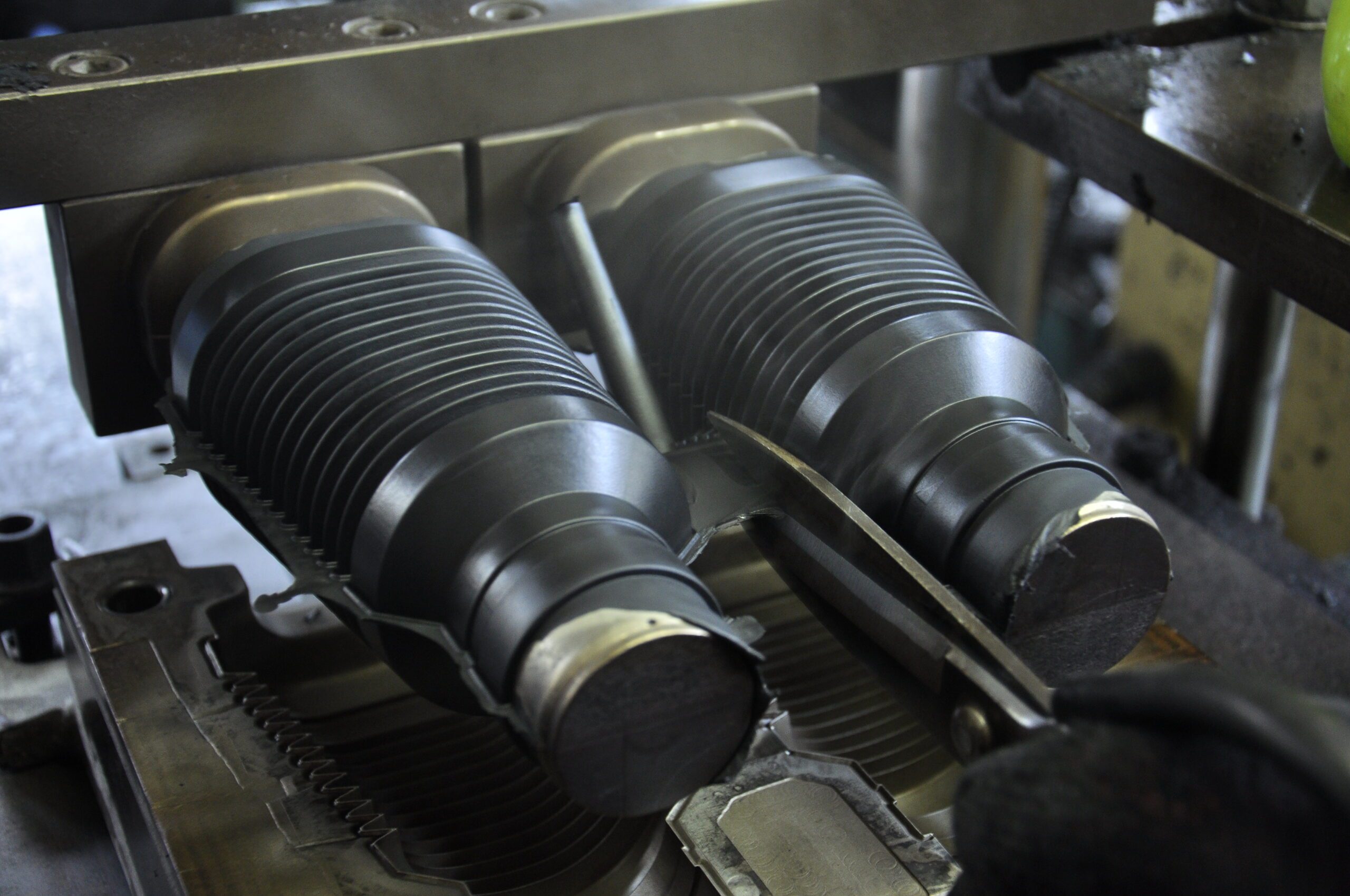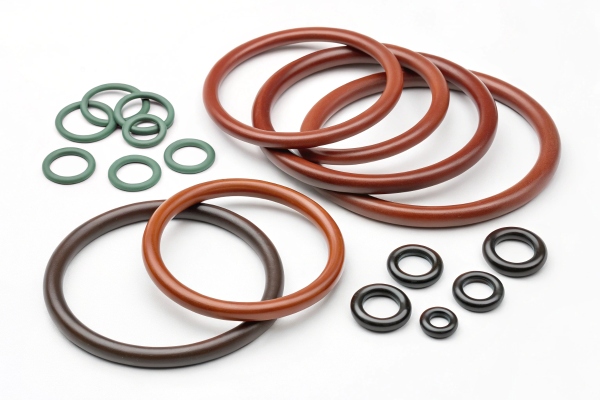EPDM rubber stands out in many industrial applications for its unique properties. But what makes it a preferred choice over other types of rubber? Let's dive into its advantages.
EPDM rubber offers superior resistance to heat, ozone, and weathering, making it ideal for outdoor applications. Its flexibility and durability make it a top choice in various industries.
If you've ever worked with different types of rubber, you might have wondered why EPDM is so widely used. Is it always the best option? Let's take a closer look at how it compares to other rubbers.
What is the difference between EPDM and natural rubber?
Are EPDM and natural rubber completely different, or do they share some similarities? Let’s explore.
EPDM is synthetic, while natural rubber comes from latex. EPDM is more resistant to weather and chemicals, whereas natural rubber excels in flexibility and tensile strength.
Key differences: Durability vs. Flexibility
| Property | EPDM Rubber | Natural Rubber |
|---|---|---|
| Durability | Excellent resistance to weather, ozone, and UV exposure | Prone to degradation under sunlight and ozone |
| Flexibility | Good flexibility at low temperatures | Exceptional flexibility, especially at room temperature |
| Chemical Resistance | Resists alcohols, acids, and ketones | Susceptible to chemical degradation |
| Cost | Moderate | Generally cheaper |
Chemical Resistance
EPDM1 is highly resistant to polar substances such as alcohols and acids, which natural rubber struggles with. This makes EPDM ideal for automotive, roofing, and HVAC applications.
Cost Considerations
Natural rubber may be cheaper in the short run, but EPDM's longevity and performance in adverse conditions make it a better value for many industrial applications.
Is EPDM better than Viton?
Viton and EPDM are both top-performing rubbers. But which one has the upper hand for your specific needs?
EPDM is the best choice for weathering and UV resistance, while Viton is ideal for high-temperature and chemical resistance. It depends on your application requirements.
Performance Comparison: Temperature and Chemicals
| Property | EPDM Rubber | Viton Rubber |
|---|---|---|
| Temperature Range | -50°C to 150°C | -20°C to 200°C (up to 300°C in extreme cases) |
| Chemical Resistance | Excellent resistance to polar substances (alcohols, acids) | Outstanding chemical resistance (acids, oils, fuels) |
| Weather Resistance | Excellent for UV and ozone exposure | Poor performance in UV and ozone environments |
| Cost | More affordable | More expensive |
Cost vs. Performance
Viton is generally more expensive, but if you need a material that can withstand extreme heat and harsh chemicals, it could be worth the investment. For many outdoor or general-purpose uses, however, EPDM provides excellent performance at a lower cost.
Which is better, EPDM or nitrile?
Nitrile rubber and EPDM have distinct features. Which one is the right fit for your application?
Nitrile is better for oil and fuel resistance, while EPDM excels in weathering, ozone resistance, and applications involving water and steam.
Environmental Resistance
| Property | EPDM Rubber | Nitrile Rubber |
|---|---|---|
| Weathering Resistance | Excellent for UV, ozone, and weather | Poor for UV and ozone exposure |
| Oil Resistance | Poor | Excellent |
| Flexibility at Low Temps | Good | Moderate |
Oil and Chemical Resistance
Nitrile2 is the go-to rubber for oil-resistant seals, gaskets, and fuel systems. EPDM, though highly resistant to chemicals like alcohols and acids, is not ideal for oils and fuels.
Cost Comparison
EPDM is generally cheaper than nitrile, making it a better option for many applications that don’t require oil resistance.
Is EPDM better than silicone?
Both EPDM and silicone offer excellent performance, but which rubber material reigns supreme in different industries?
Silicone has superior high-temperature stability, while EPDM excels in outdoor conditions with better weathering resistance and cost-effectiveness.
High-Temperature Performance
| Property | EPDM Rubber | Silicone Rubber |
|---|---|---|
| Temperature Range | -50°C to 150°C | -60°C to 300°C |
| High-Temperature Resistance | Good | Excellent |
| Weathering Resistance | Excellent | Poor |
Flexibility and Weathering Resistance
EPDM is far more resistant to the elements than silicone. Silicone degrades when exposed to ozone and UV radiation, whereas EPDM holds up much longer in such environments.
Applications in Industries
Silicone3 is favored for its use in food-grade and medical applications due to its non-toxicity, whereas EPDM is more common in automotive, HVAC, and outdoor settings due to its durability and cost-effectiveness.
Conclusion
In summary, EPDM stands out for its weather and ozone resistance, making it a solid choice for outdoor and general-purpose applications. While it may not always beat Viton or nitrile in specific areas like chemical resistance, it offers a reliable, cost-effective solution in many industries.
Footnotes:
-
EPDM (Ethylene Propylene Diene Monomer) rubber is widely known for its outstanding weather, ozone, and UV resistance. It's commonly used in roofing, automotive, and HVAC systems due to its excellent performance in outdoor conditions. ↩
-
Nitrile rubber is highly resistant to oils, fuels, and solvents, making it ideal for fuel systems, gaskets, and seals. It also provides superior durability in oil-based environments. ↩
-
Silicone rubber offers exceptional heat resistance, ranging from -60°C to 300°C, and is often used in food-grade and medical applications due to its non-toxicity. ↩










